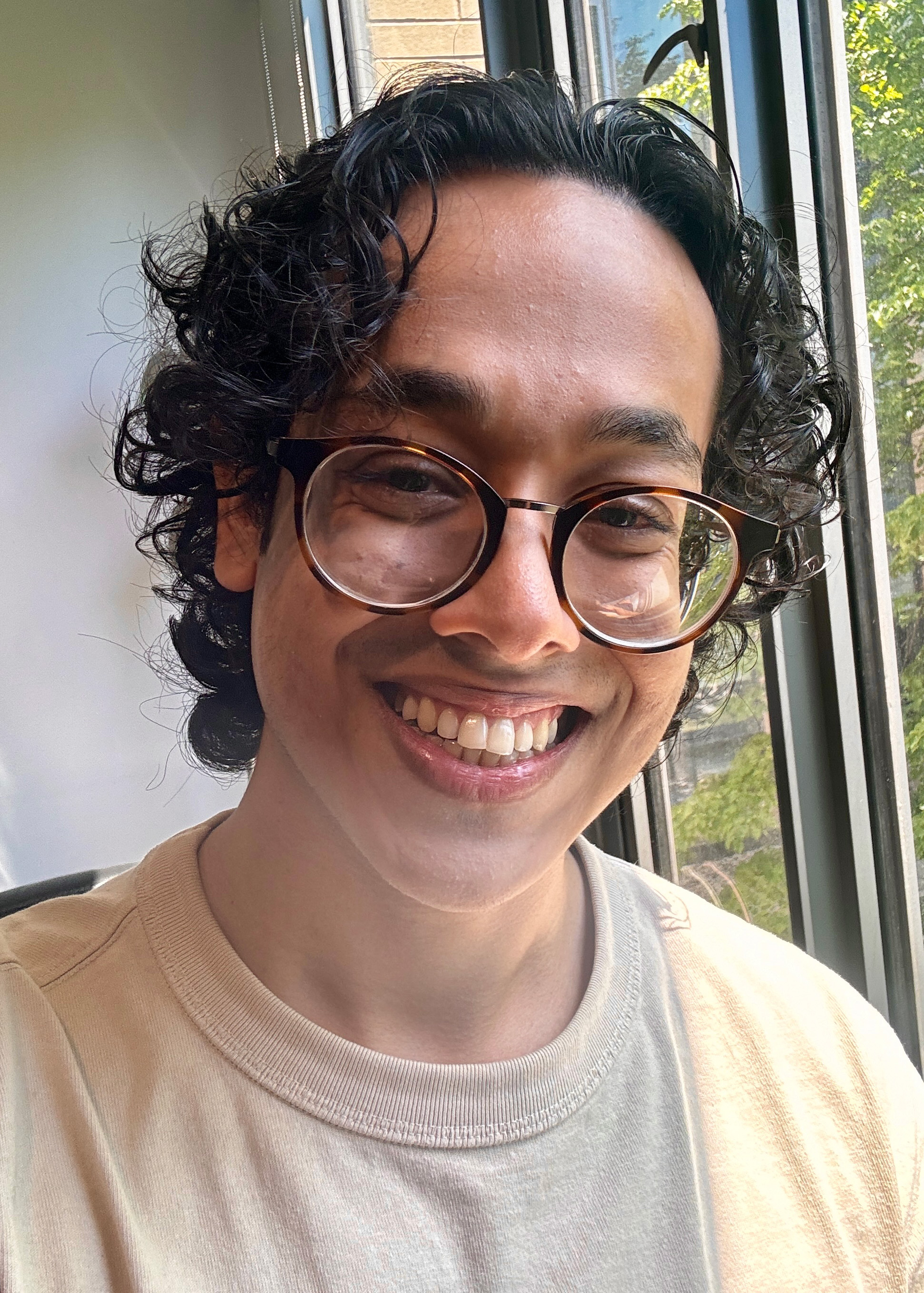Bio: Eaarad Aftab, a Bangladeshi international student, is specializing in Pharmaceutical Chemistry and has a keen interest in enzymatic studies for therapeutic applications. Upon admission to UTSG, he was honored to receive the International Scholar Award.
Currently, he is working on two independent projects under Professor Haissi Cui: identification of small molecule modulators of the human arginyl tRNA synthetase enzyme RARS1, and single molecule analysis and mutagenesis of the phosphatase enzyme TNSALP in collaboration with Professor Alana Ogata at UTM.

Program: Pharmaceutical Chemistry Specialist, Year 3
Campus: St. George
Area of Interest: Biological Chemistry, Medicinal Chemistry
We asked:
How did you first become interested in studying chemistry?
In 10th grade, my high school hosted an Inter-School Chemistry Olympiad, and, unexpectedly, I won second place. That surprise achievement opened my eyes to the depth of chemistry and the satisfaction of problem-solving in the field. What started as a series of guesses turned into a genuine interest in understanding and implementing the science behind it all. From then on, I was drawn to chemistry as a structured yet intricate puzzle, often extremely challenging but overall quite rewarding.
Can you remember a time when a fact about chemistry blew your mind?
One fact that continues to astonish me is that the goal of alchemy—the transmutation of base metals into gold—has become theoretically possible in modern chemistry. By altering the number of protons through nuclear fusion/fission, scientists can transform one element, like lead, into another, like gold. While it is an extremely expensive process usually reserved for more pressing concerns than alchemy, the fact that elemental transmutation is achievable highlights how far the field has come. It’s quite easy to get tunnel vision and not realize the truly wonderful feats that we are capable of with modern technology, and this fusion of ancient alchemical aspirations with advanced nuclear science reinforces for me just how extraordinary and transformative chemistry can be.
You became part of the Cui Lab after taking CHM395, right? What happened next?
Having taken CHM136 with Professor Cui in my first year, I was excited to see an open position in her lab posted on CLNx through the Research Opportunities Program (ROP) at the end of my second year. I eagerly applied and was thrilled to be selected, spending the summer working in her lab. This opportunity provided my first in-depth exposure to hands-on biochemical research, where I worked closely with my graduate student supervisor, Samuel Nyandwi, on establishing an in vivo model for developmental brain disorders linked to RARS1, an aminoacyl-tRNA synthetase enzyme crucial for protein synthesis.
Professor Cui gave me the opportunity to extend my involvement through CHM395, where I am now building upon the foundations I gained over the summer to express and purify RARS1. An unbiased screen will be conducted using a small molecule library to identify potential binders associated with the protein. in order to identify small molecule modulators associated with it.
In addition, another project centres around the human phosphatase enzyme TNSALP, a critical regulator of bone mineralization. Through mammalian overexpression and mutagenesis studies, this project aims to uncover the molecular mechanisms underlying its function and its role in hypophosphatasia, a rare genetic disorder affecting bone development. This project will also incorporate single-molecule analysis in collaboration with the Ogata Lab to provide deeper insights into the activity and function of TNSALP. This collaborative approach, alongside the Cui Lab’s focus on leveraging chemical tools to study protein function and localization, has created a dynamic environment for my academic and professional growth.
What advice would you give new U of T undergraduates considering a chemistry specialty?
My advice would be to keep an open mind and embrace the full breadth of what the chemistry department has to offer. Chemistry is incredibly broad, spanning everything from physical and inorganic to biological and environmental chemistry, so take time to explore different areas. Engage in hands-on research early if you can, whether through coursework, lab placements, or volunteer work. Hands-on experience makes everything you learn more real and can be where you will make some of the best connections. Also, don’t be afraid to ask questions or reach out to professors and peers; chemistry can be quite challenging, but collaboration makes it a lot more rewarding.
Have you ever presented at a research conference or participated in a Chemistry Department poster session?
Recently, I have participated in the Undergraduate ROP Poster Fair hosted by the Faculty of Arts and Science where I presented a poster on my CHM299 research. The project involved exploring how mutations in the Rars1 gene impact neural development in mice, aiming to reveal the phenotypic manifestations of altering the isoform ratio of Rars1. It was an amazing opportunity to connect with other researchers and listen to their fresh perspectives, which challenged me to think about my own research from different angles.


